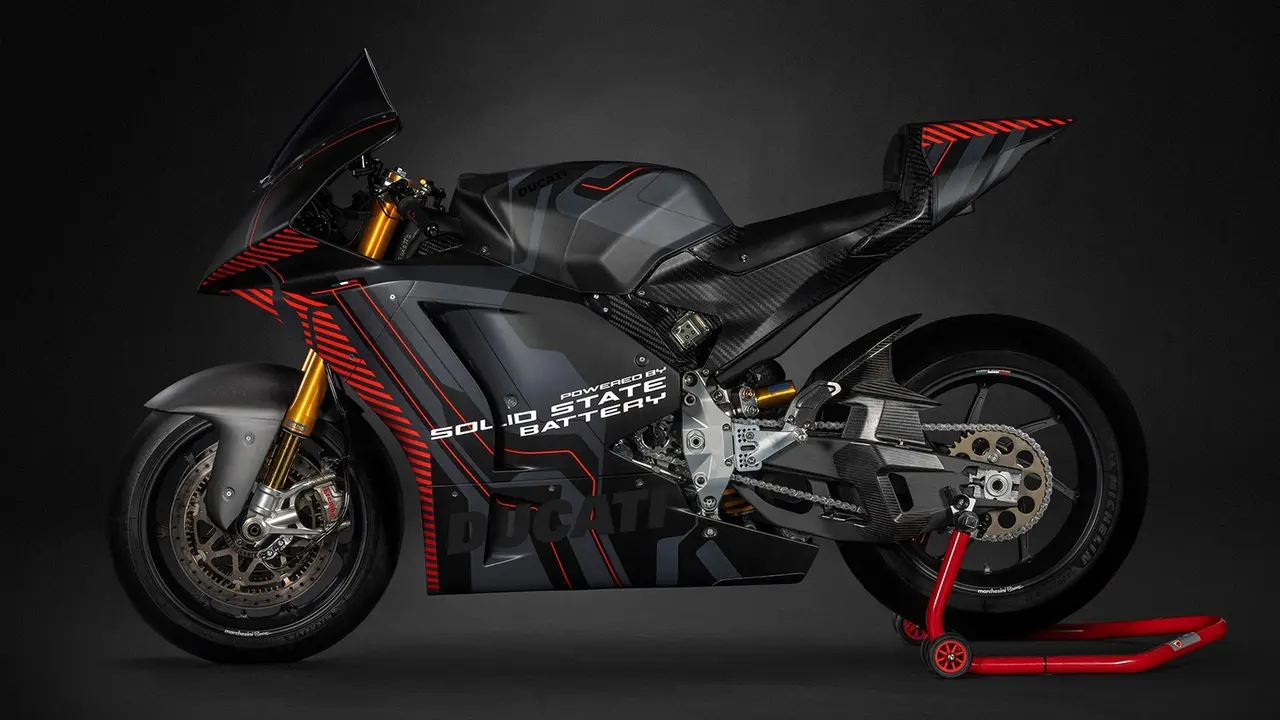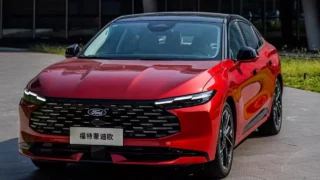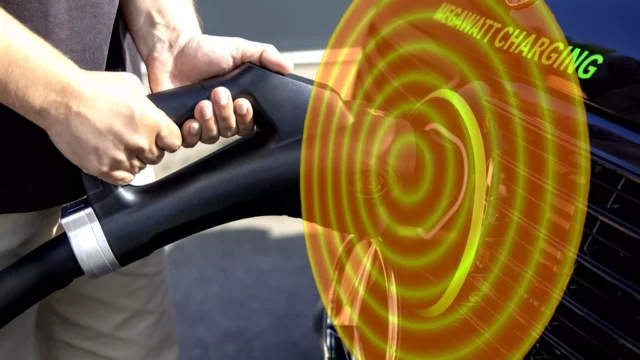Ducati has unveiled a new prototype of its electric racing motorcycle, the V21L, equipped with a solid-state battery. Developed in collaboration with QuantumScape and PowerCo, this new version is the first motorcycle to utilize Volkswagen Group’s solid-state battery technology. It is considered a key testbed not only for Ducati’s MotoE racing series but also for Volkswagen’s future electric mobility strategy.
Ducati V21L Coming Soon
The current model, the 150-horsepower V21L, can reach a top speed of 273 km/h on the Mugello Circuit. The new prototype uses 980 QSE-5 cells developed by QuantumScape instead of the traditional 18 kWh 21,700-cell battery pack.

These cells, featuring a lithium-metal anode and ceramic separator, increase energy density and offer significant advantages in terms of safety and durability. The battery stands out in its segment with its 844 Wh/L energy density, while charging from 10% to 80% takes just 12 minutes.
Solid-state battery technology has been tested at the laboratory level until now but has been considered a difficult solution to commercialize. The Ducati V21L is a concrete example of this technology transitioning to real-world use. Its lighter weight, higher efficiency, and long-lasting performance make it ideal for the sports and racing segments.
Volkswagen’s battery subsidiary PowerCo and Silicon Valley-based QuantumScape plan to bring this cell technology to commercial use before 2030. Solid-state batteries, expected to become widespread in automobiles, could make their debut in the motorsport world much earlier thanks to Ducati’s prototype.
QuantumScape’s QSE-5 cells have been in the testing phase for a long time. A licensing agreement signed with PowerCo last year granted the company the right to prepare the technology for mass production. This move by Ducati shows that solid-state battery technology is no longer just a theory but has become applicable for high-performance vehicles.













